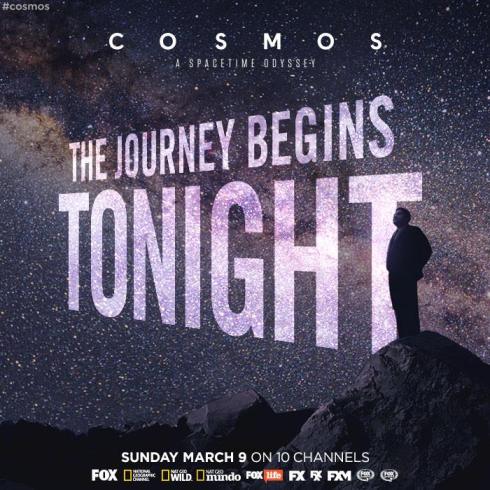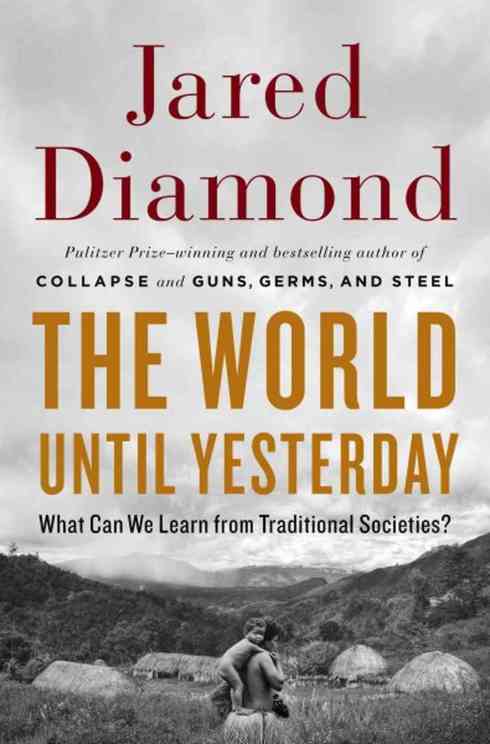Making the world a better place sounds lofty, but can be pursued every day with simple actions. In this case, you can quickly and easily help address a historical injustice by simply signing a petition.
I had the chance to meet and talk with Tony Johnson, Chairman of the Chinook Indian Nation, at the recent Society for Cross-Cultural Research meetings in Portland, Oregon. Since then, I have learned a bit more about the Chinook Nation, their justified grievances, and continuing efforts to be federally recognized.
Attempts to gain such recognition reveal a history of broken treaties, misunderstandings, and debate about the specific criteria for federal recognition as a tribe. After reviewing these criteria, the outgoing Clinton administration granted the Chinook Indian Nation federal recognition. Unfortunately, this decision was reversed by the Bush administration just 18 months later.
Now, Tony and others are appealing to the Obama administration to review federal recognition criteria and clarify the legal standing of the Chinook. Please visit the Chinook Nation link above for more information about what you can do to help.
I have also started a petition at Whitehouse.gov to help draw attention to this issue. The petition must have 150 signatures to become searchable on the petition site, a necessary step if the petition is going to have any hope of reaching the 100,000 signatures necessary to be reviewed by presidential staff.
Please review and sign the petition here, and share widely so we can (minimally) reach that first threshold. Imagine how good it will feel to know that you have helped bring about this change – all you have to do is sign your name. Thanks!




